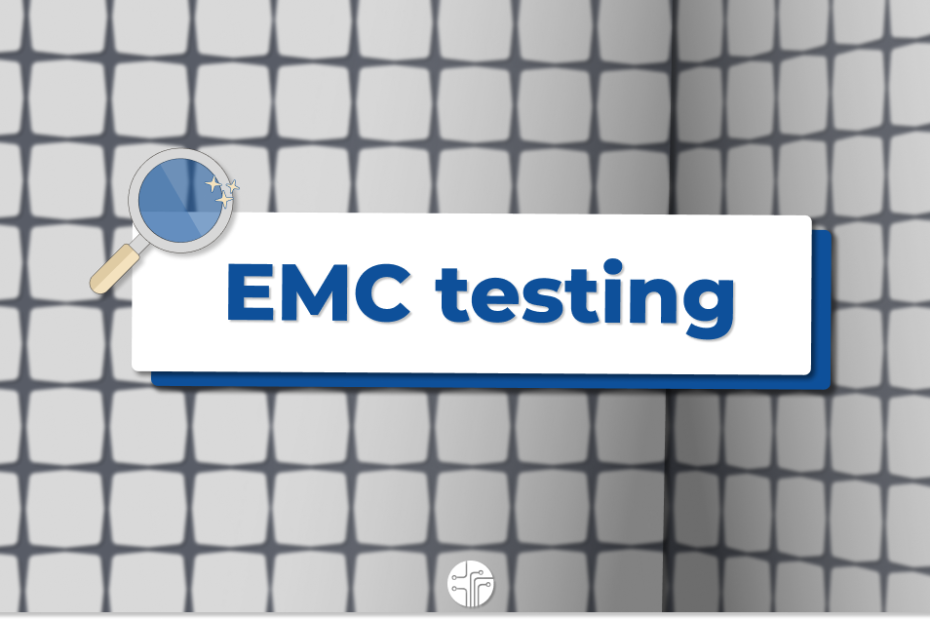When an electrical product is tested for electromagnetic compatibility (EMC) it is determined whether or not it will perform satisfactorily in the electromagnetic environment in which it will be used without causing unwanted electromagnetic disturbances to anything else in that environment. EMC is distinct from other safety considerations in that electromagnetic phenomena can be found in the regular operating environment of all electrical equipment.
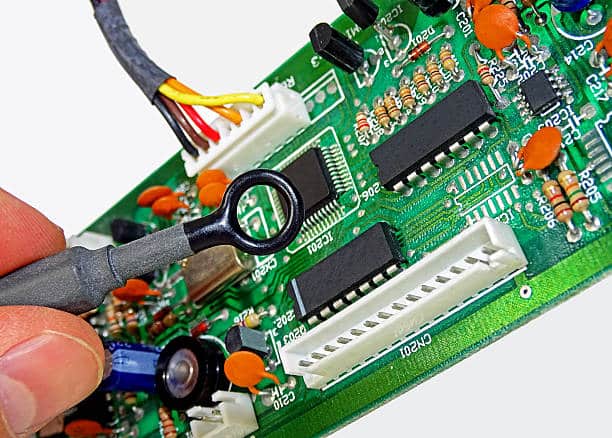
To verify that all products are safe before they reach the end-user, it is good to perform EMC testing. EMC tests take place at the design, development, and manufacturing stages of the product lifecycle. Those examine the selection of components and the proper construction of the device by the criteria of the EMC regulations. When it comes to EMC-type tests, they are typically far more demanding than ordinary production testing. That is because they intend to check a product’s safety design. Aside from that, you must energize the product sample before EMC testing.
Securing international approvals and product certification marks for the products requires additional EMC testing for electrical products. To sell in the EU market and bear the CE marking, electrical devices, for example, must pass EMC testing and be in compliance with the EMC Directive 2014/30/EU.
The main types of EMC testing for achieving EMC compliance are:
- Radiated Emissions tests (EMI);
- Conducted Emissions tests;
- Flicker test;
- Radiated RF electromagnetic immunity test;
- Electrostatic discharge immunity test;
- Surge immunity test;
- Magnetic field immunity test;
- Electrical fast transient (EFT) test;
- Harmonic tests.
A good test strategy will include the following elements:
- a configuration, mode of operation, and monitoring mechanism that represent the worst-case situation from the standpoint of electromagnetic compatibility;
- a description of the hardware to be tested, including peripherals and I/O setups, is required;
- an indication of which external power and data I/O ports are required to be examined for each test method is also provided;
- tests that are required;
- a definition of the conditions for failure;
- how to keep track of, identify, and report failures;
- software, power, cooling, and other specialized requirements.
If the product does not pass the EMC testing procedure, the manufacturer has two options:
- To provide a new sample to the testing laboratory, on which all relevant tests are to be performed once more.
- Make all the necessary repairs and alterations to the sample that has previously been tested and have the lab redo only the sequence of EMC tests that the sample failed in the first place.
To ensure that your device under test (DUT) will pass final compliance testing, pre-compliance is a low-risk, cost-effective option. It is best to not delay the compliance product testing until the end of a product development cycle because of its high cost. It is necessary to reserve time in the compliance lab and redesign your DUT if it doesn’t pass compliance testing. Pre-compliance testing is critical if you want to save money and avoid surprises during compliance testing.
History of EMC Testing
One of the first EMC regulations ever developed was in Europe at the beginning of the 20th century. It came as a response to specific concerns that arose as a result of the use of electrical devices.
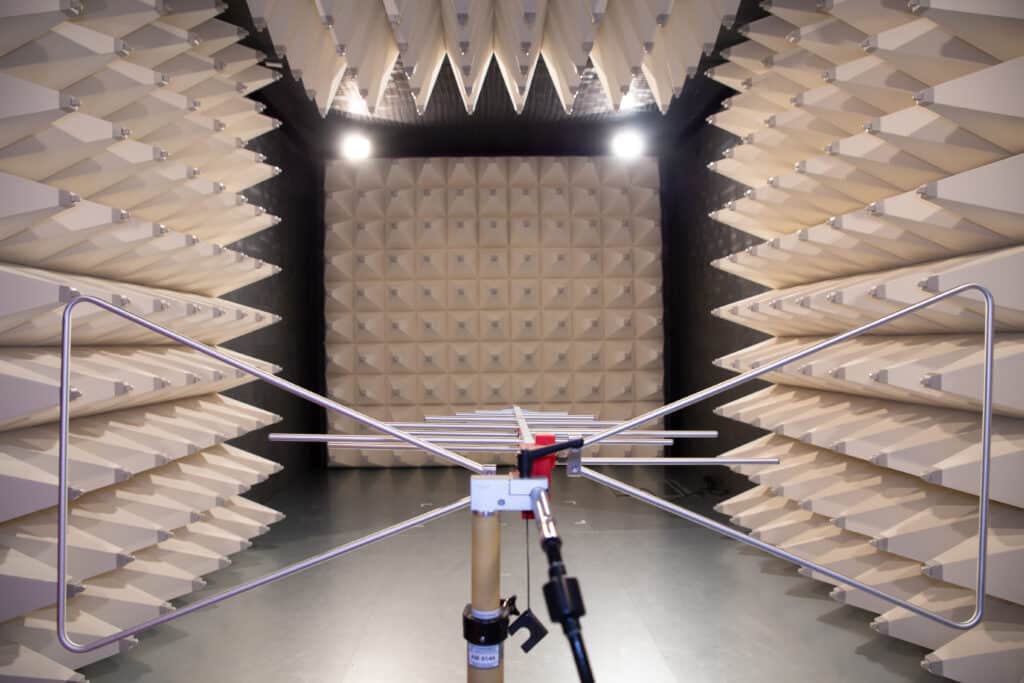
Because of faulty electric bulbs in the neighborhood, other lights in the area began to “flicker.” This was back in the days when electric power systems were in their infancy in cities like London, and other wealthy locales. To address this issue, the “Lighting Clauses Act” of 1899 was passed. It is the world’s first EMC legislation.
It’s possible that Germany beat UK to the punch with their 1892 “Law of the Telegraph in the German Empire”. It dealt with the effects of electromagnetic interference (EMI) disruptions on products and installations in the sphere of telegraph transmission. This occurred because they discovered that communication cables can have a negative impact on one another.
Since 1938, the Federal Communications Commission (FCC) has set restrictions on transmitter emissions, and it has continued to increase its rules in response to the explosion in the number of transmitters and electronic devices during the following decades. Because the guidelines were becoming a little expansive and disorderly, the Federal Communications Commission standardized emission limitations for general applications in 1989.
The EMC directive, which European Union adopted in 1992, had the goal to unify criteria among member countries while also facilitating the transfer of electronic goods across borders.
The Future of EMC Testing
In the topic of EMC, there are a few new themes to consider:
Standardization of Rules and Regulations
There is a determined effort underway to standardize EMC testing criteria throughout the world, led principally by the International Electrotechnical Commission (IEC) (International Electrotechnical Commission). Countries can transfer The International Electrotechnical Commission (IEC) develops standards into their national standards. So, in principle, it’s standardizing the EMC requirements across all the territories that adopt IEC standards. In the United Kingdom, for example, 85 percent of IEC standards were transferred into national standards.
Expansion of the requirements for testing
In some countries, such as the United States and Canada, only emissions testing is necessary at this time (unless your product falls under the scope of an industry-specific standard that calls out immunity testing). In Europe, on the other hand, both emissions and immunity tests are necessary.
Immunization testing has become mandatory in several nations, including Australia and New Zealand, in recent years, following the European Union’s example. According to the foregoing discussion, test labs, government agencies, and international standards organizations drive the increasing need for immunity testing.
See other articles:

Yocto Project
Yocto Project is an open source community project that helps developers to create customized systems based on Linux. It has an accessible toolset that
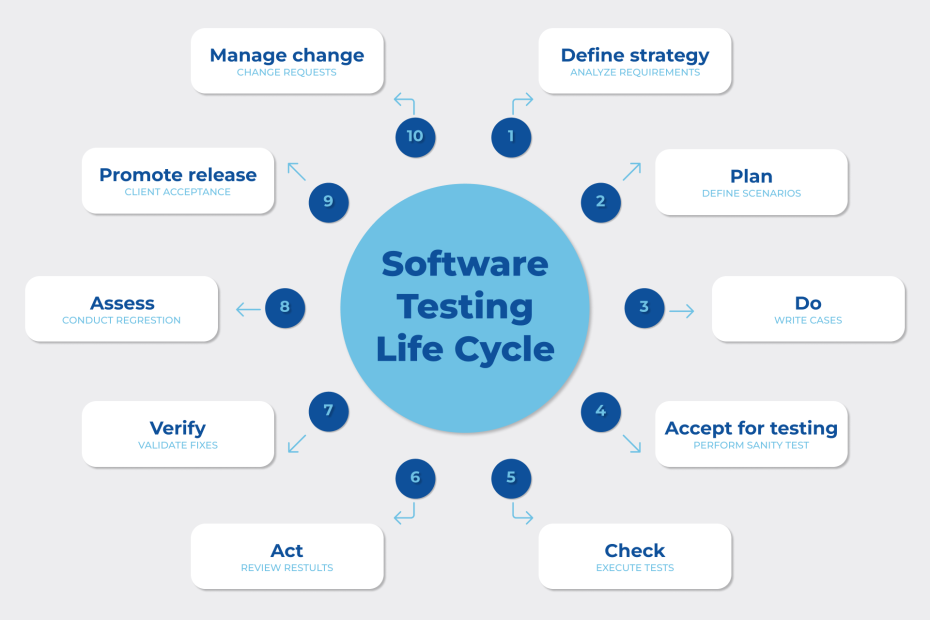
Software testing
The investigation of artifacts and the behavior of the software under test is known as software testing. It also determines whether the actual results
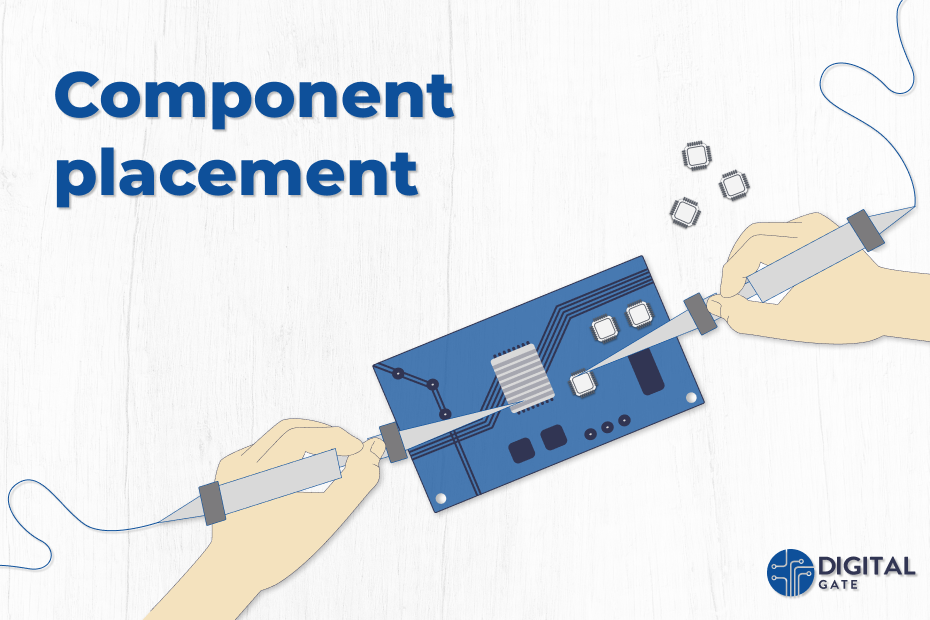
Component placement
Component placement is one of the most critical parts of PCB design. First, you must understand the fundamental criteria for arranging components on a

Linux System Programming
This article focuses on Linux system calls and other low-level operations, such as the C library’s functions. System programming is the process of creating system software, which
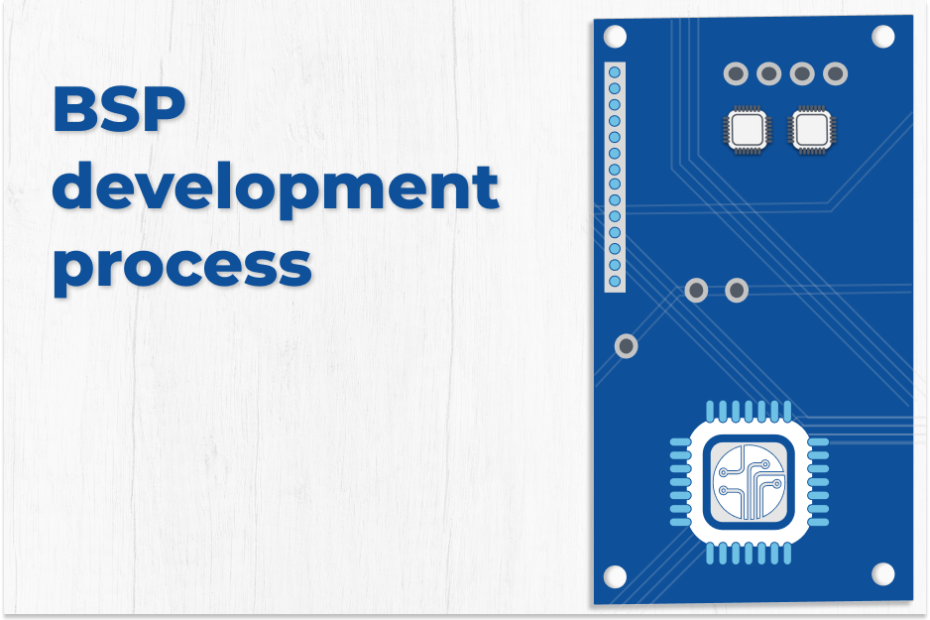
BSP Development Process
Every board comes with a base BSP (Board Support Package) from the manufacturers. However, in most cases, different levels of customization must meet the

BSP Development Costs
The Board Support Package (BSP) represents the software link layer that allows, traditionally a real-time operating system (RTOS), to run on a particular hardware




